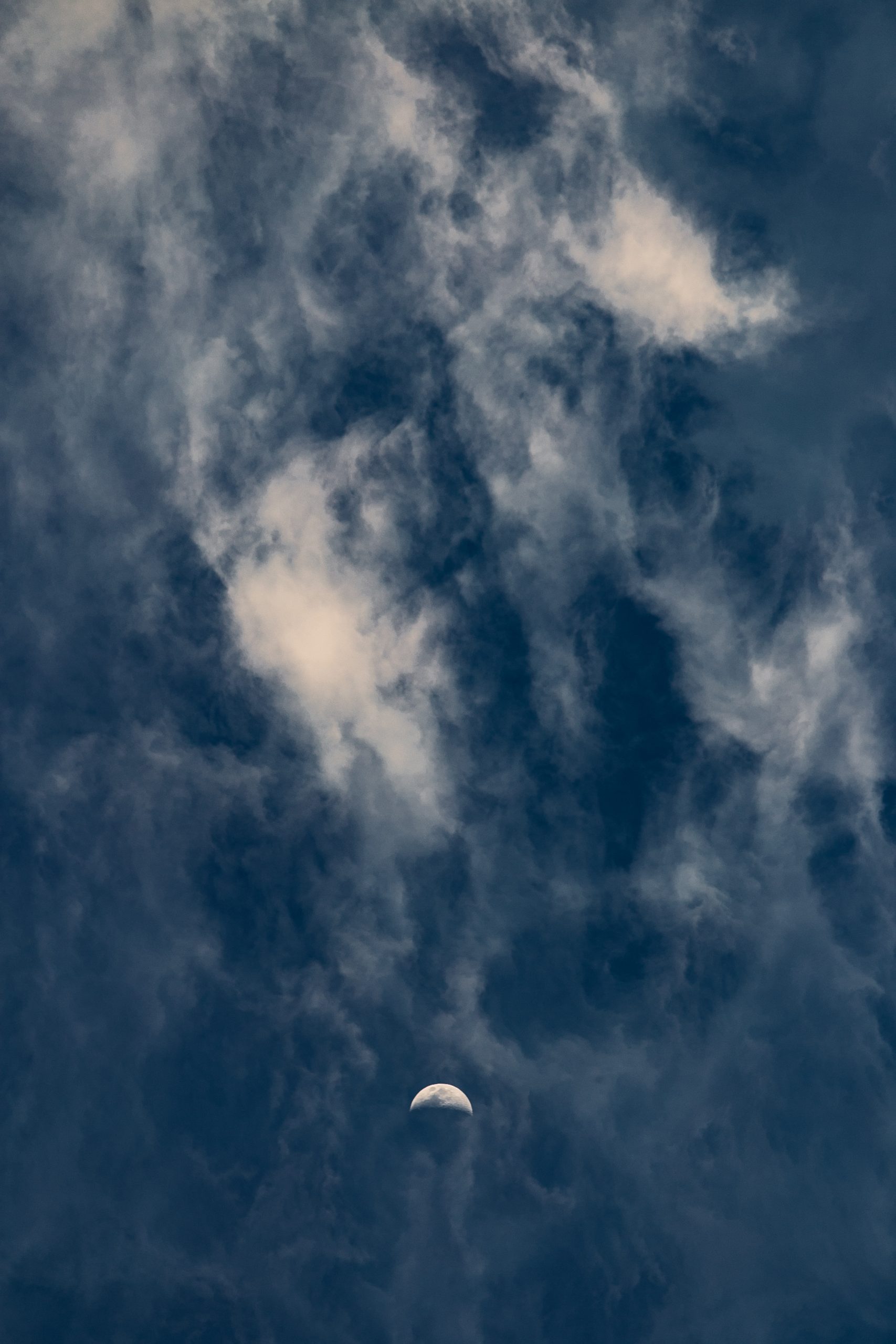The Full Moon and Menstrual Period: Exploring the Myth and Science Behind the Connection
In folklore and ancient traditions, the full moon has been associated with various mystical and supernatural powers. One of the most popular beliefs is its influence on women’s menstrual cycles. Some people claim that the lunar cycle and menstruation are somehow connected, suggesting that women are more likely to start their periods or experience changes in their menstrual cycle during a full moon. In this blog post, we will delve into the myth and science behind the connection between the full moon and the menstrual period.
The Historical and Cultural Significance of the Moon
Throughout history, the moon has held great significance in different cultures worldwide. Its phases were closely observed and associated with various natural cycles, including the changing seasons, tides, and even human behavior. In many ancient civilizations, the moon was worshipped as a deity, symbolizing femininity, fertility, and the cycles of life. This reverence for the moon’s power and its perceived connection to women’s reproductive health may have contributed to the popular belief linking the full moon with menstruation.
The Mythical Link between the Full Moon and Menstrual Period
The idea that women’s menstrual cycles synchronize with the lunar cycle has been ingrained in mythology, folklore, and even modern culture. According to the theory, women who live or work in close proximity eventually align their menstrual cycles. This phenomenon is often referred to as “menstrual synchrony” or the “McClintock effect,” named after the scientist who first studied it in the 1970s.
The belief in menstrual synchrony gained further traction after a study by Martha McClintock was published in the journal Nature in 1971. She reported her findings from a study conducted on a small group of college dormitory roommates. The study claimed to show that roommates’ menstrual cycles tend to sync up over time, with the phase of the moon potentially playing a role. However, subsequent research has failed to consistently replicate these results, casting doubt on the existence of menstrual synchrony and its connection to the full moon.
Debunking the Myth: Scientific Studies and Explanations
Although widespread cultural beliefs and anecdotal evidence continue to support the idea of lunar influence on menstruation, scientific research has found no conclusive evidence to substantiate this claim.
In 1980, a study conducted by Hauri and others examined the menstrual data of over 1,000 women and compared it with lunar phases. They found no correlation between the occurrence of the full moon and the onset of menstruation.
More recently, a comprehensive review published in the journal ‘Psychological Bulletin’ in 2020 analyzed 95 studies on menstrual cycle tracking and lunar phase correlations. The review concluded that there is insufficient evidence to support the existence of a consistent relationship between the lunar cycle and menstrual synchronization.
Despite the disproven myth, the belief in lunar influence on menstruation persists in popular culture. Some attribute this to psychological factors, such as the power of suggestion and confirmation bias. Women who already believe in the lunar connection might be more likely to perceive patterns or sync their cycles in their memory, reinforcing the belief.
Understanding Menstrual Cycles and Their Variations
Menstruation is a natural bodily process that occurs in the reproductive system of human females. It involves the shedding of the uterine lining, resulting in bleeding that typically lasts several days.
On average, the menstrual cycle spans 28 days, although there is considerable variability among individuals. The menstrual cycle consists of several phases, including menstruation, the follicular phase, ovulation, and the luteal phase. These phases are regulated by complex hormonal interactions in the body, specifically involving estrogen, progesterone, and luteinizing hormone (LH).
While the average menstrual cycle lasts about a month, it is essential to note that menstrual cycle length can vary significantly from person to person. Factors such as stress, hormonal imbalances, diet, exercise, and underlying medical conditions can all influence the length and regularity of a menstrual cycle.
The Power of Perception and Cultural Beliefs
The full moon’s association with menstruation is deeply ingrained in our cultural beliefs and folklore. These beliefs often persist, regardless of scientific evidence challenging their validity. It is essential to evaluate claims critically and rely on scientific research to separate fact from fiction.
However, it is also important to acknowledge the power of personal perception and individual experiences. Many women report feeling more connected to their bodies and nature during the full moon. This connection can be influential and empowering, allowing women to embrace their menstrual cycles and embrace the changes that occur within their bodies.
Conclusion
The link between the full moon and the menstrual period is rooted more in mythology and cultural beliefs than scientific evidence. While ancient traditions and some individuals still believe in the lunar influence on menstruation, multiple scientific studies have failed to establish a consistent correlation between the two. Understanding and embracing the complexities of the menstrual cycle is crucial, recognizing that it is unique to each individual and subject to various influences. So, the next time the full moon graces the night sky, enjoy its beauty and marvel at its wonders, but don’t expect it to dictate the timing of your menstrual period.
Table of Contents
